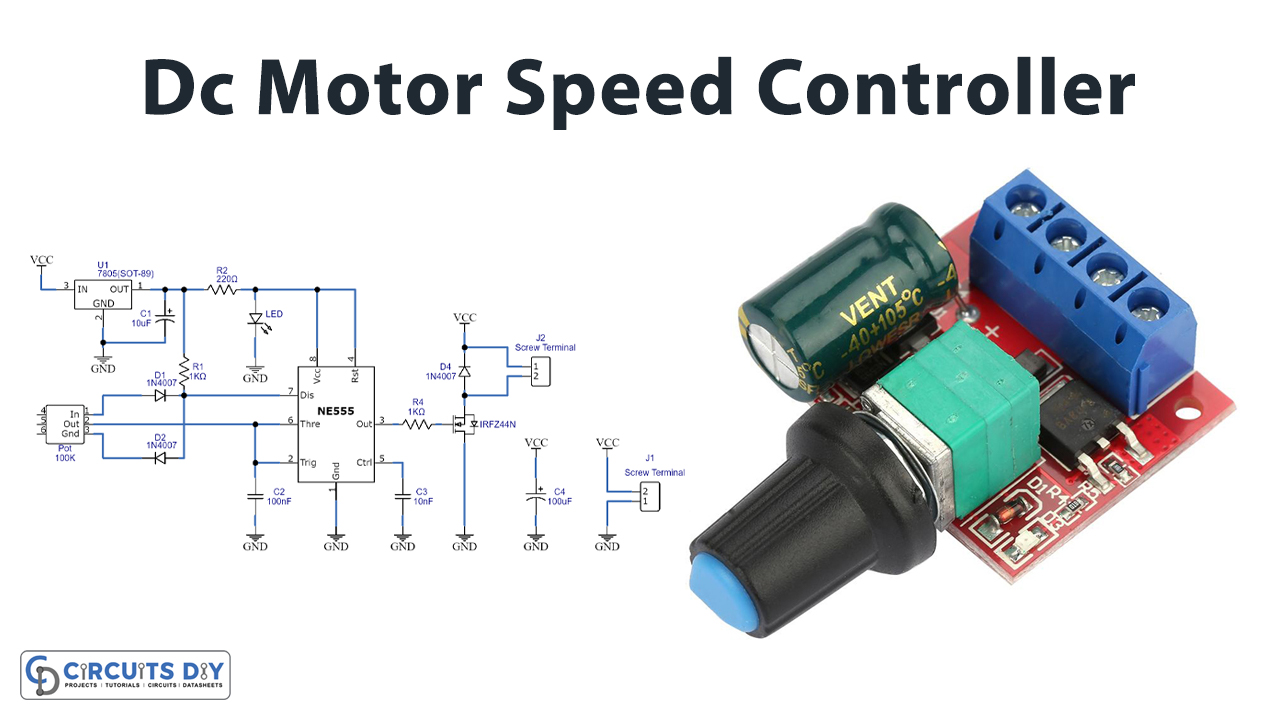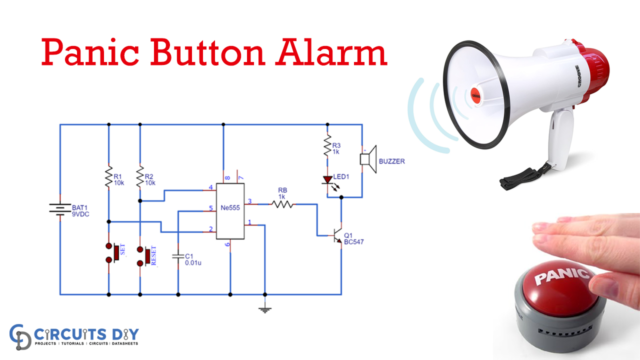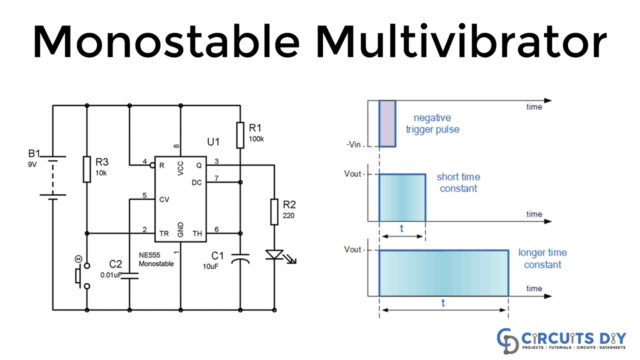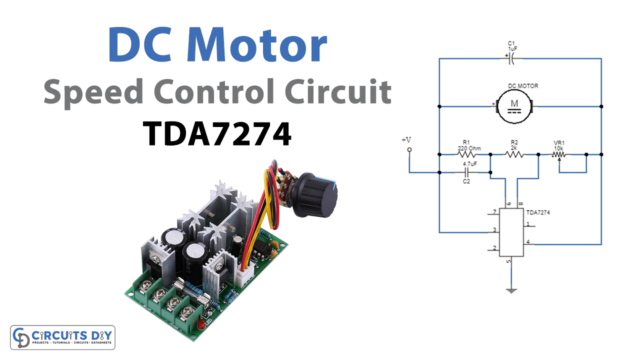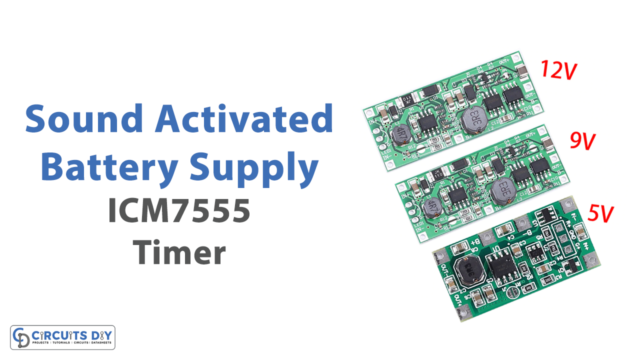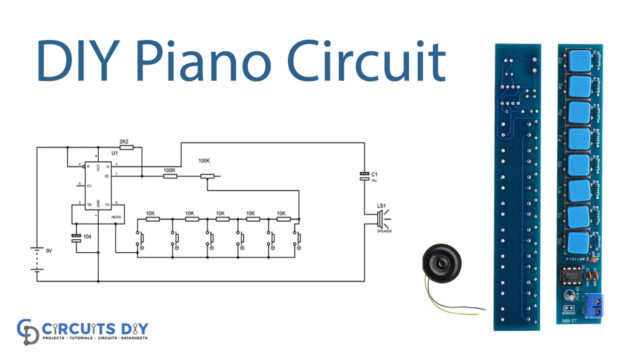Introduction
DC motors are used in so many electronic devices. It is widely used in industrial, automation, and robotics applications. Conveyor belts, CNC machines, and robotic cars are some f the examples that utilize the DC motor. Hence, nothing works better without the speed control of a DC motor. Different applications require different speeds but many of the applications need different speed levels. For example, robotic cars may not want the backward speed the same as the forward speed. In the same way, some industrial devices work at different levels of speed. Therefore, in this tutorial, we are going to Make a “dc motor speed control circuit”

Hardware Components
The following components are required to make Dc Motor Speed Control Circuit
| S.no | Component | Value | Qty |
|---|---|---|---|
| 1. | IC | NE555 Timer | 1 |
| 2. | MOSFET | IRFZ44N | 1 |
| 3. | LED | – | 1 |
| 4. | Potentiometer | 100K | 1 |
| 5. | Diode | 1N4007 | 3 |
| 6. | Ceramic Capacitor | 10nf, 100nf | 1, 1 |
| 7. | Electrolytic Capacitor | 10uf, 100uf | 1, 1 |
| 8. | Resistor | 1K, 220K | 2, 1 |
| 9. | Regulator IC | 7805 | 1 |
NE555 IC Pinout

For a detailed description of pinout, dimension features, and specifications download the datasheet of NE555 IC
7805 Pinout
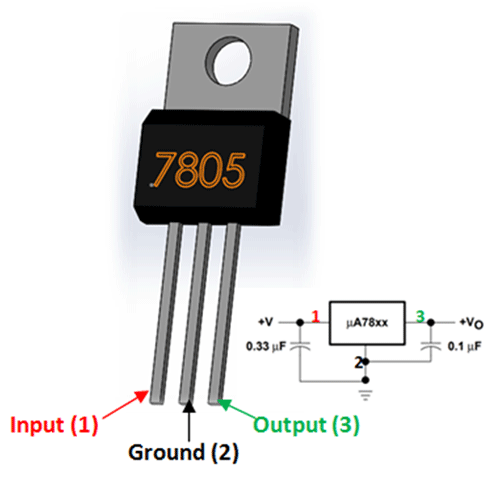
For a detailed description of pinout, dimension features, and specifications download the datasheet of 7805
Dc Motor Speed Control Circuit

Working Explanation
In this Dc Motor Speed Control Circuit, the 555 timer IC is used as the major component to generate the PWM pulses with the combination of some other external electronic components. At the input side of the IC, the potentiometer is used to provide different duty cycles. The output is coming from pin 3 of an IC. But, this output is not enough to drive the motor. Hence, N channel Mosfet is used to amplify the signal. The output of the IC is the square wave, so when you rotate the input potentiometer in the clockwise direction, the duty cycle will get increased,
Application and Uses
- Conveyor belts.
- DC fans.
- Robotic cars.
- In medical applications.
- Industrial applications.
- Automation circuits.
- In Robotics, etc

